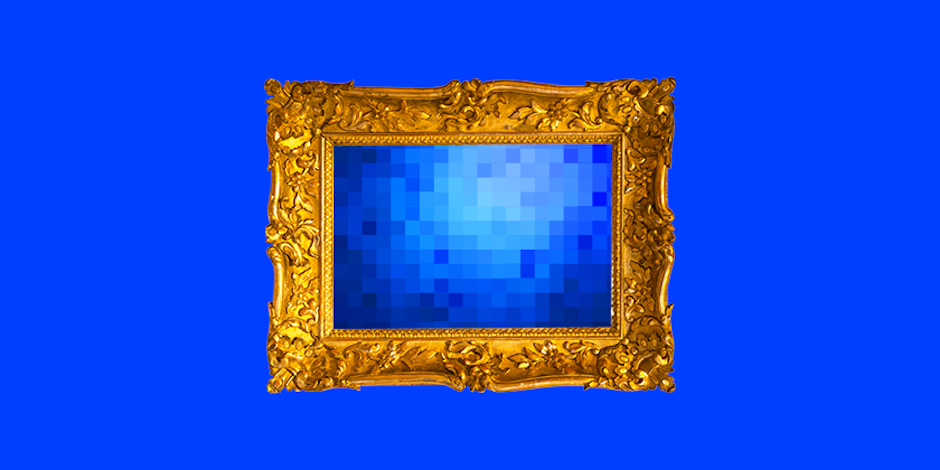Art, authenticity and Non-fungible tokens
In March 2021, digital artist Beeple sold his piece “The First 5,000 days” as an NFT at a Christie’s auction for $69 million

At this point you’re possibly wondering, WTF is an NFT?
Non-fungible tokens (NFTs) are pretty much an original version of a piece of digital art. It can be a gif, a video, music, but the key is what you’re buying is an original, one-of-a-kind – sort of. While this snippet of digital content can be copied and downloaded, the one you buy is the true, certified original, verified by the Ethereum blockchain.
What’s happening with NFTs?
Right now, it seems like everyone is looking to repurpose their content into NFTs and generate new revenue streams. This is particularly valuable for digital artists, many of whom would struggle to see any income from their work prior to this evolution.
We are also seeing this boom attract investors, with many seeing the trend as only the beginning and an opportunity to gain a substantial return in the future. A riskier move, maybe, but no doubt something said about the original investments in physical art too.
As things progress, we will likely see questions arise in areas such as regulation and copyright, but for now, it looks like NFTs will continue to make waves.
But why? No really, why?
It’s fair to say a lot of people will be asking. Why pay so much money, or any money in fact, when you can get pretty much the same thing for free.
First, the cultural significance of NFTs cannot be ignored. We already have content creators on YouTube, relying on support via Patreon, for example. This allows many to monetise their content, and in turn, to afford to keep making it. NFTs offer audiences the opportunity to support and connect with their favourite artists, and to some degree become part of the creative process.
There are also the bragging rights associated with the ownership of an original piece of content or artwork. Imagine if you could say you’re the owner of Jack Dorsey’s first ever tweet! You would have needed $2.9m to make that claim, but still. You would be proud to have a Rothko on your walls (a person can dream), so why not have a tweet “hanging” in your digital art space? What if Nintendo released a one-off NFT image of Mario, or The Beatles released one off album cover NFTs? It wouldn’t surprise if these sold for a high price.
How do brands fit into the mix?
One might think that the whole point of these new connections made is to dodge the bigger players and go straight to the source. However, let’s look at Airbnb: initially a way for three guys to make some cash from their spare space to afford rent, it’s now worth $31b. That growth has come from a clear sense of purpose and focus on delivering an on-brand experience at each touchpoint of the customer journey.
While intermediaries already exist in the NFT space, with the likes of Zora, SuperRare and Nifty Gateway, new brands will find ways to capitalise. This could be in a supporting role, a record label-type model where the label has a roster of artists, or even brands operating directly as content creators. There is certainly space to be had for new brands to enter the market and play that fostering and facilitating role, especially if they manage to do it from a place of authenticity and purpose.
What next for NFTs?
In its short lifespan, we are already seeing some clear positive and negative effects from NFTs.
The democratisation of digital content and art is clearly a positive. Offering relatively unknown artists and content creators (as well as those highly established) direct access to customers provides a genuine free market in which to operate. Yes, it creates some level of exclusivity, as very few people can afford to pay the record prices some pieces are commanding. But looking at other parts of the web, we see that exclusivity is as-ever a hot commodity. Take Clubhouse – in less than a year, it has managed to hit 10m users but still retain its exclusivity with invite-only membership access. That hasn’t stopped it from becoming a relatively mainstream channel for content creators and curators to host engaging discussions.
Still, if potential negative effects are ignored, it could mean the unravelling of NFTs. Like crypto currencies and blockchain, NFTs require an unsustainable level of electricity. Their effect on the climate will undoubtedly be felt and come increasingly under the spotlight. However, with crypto and blockchain both needing to fight this battle as well, there is plenty of reason to think a solution can be found. The question: will it be in time for NFTs and their current adventurous investor set?

